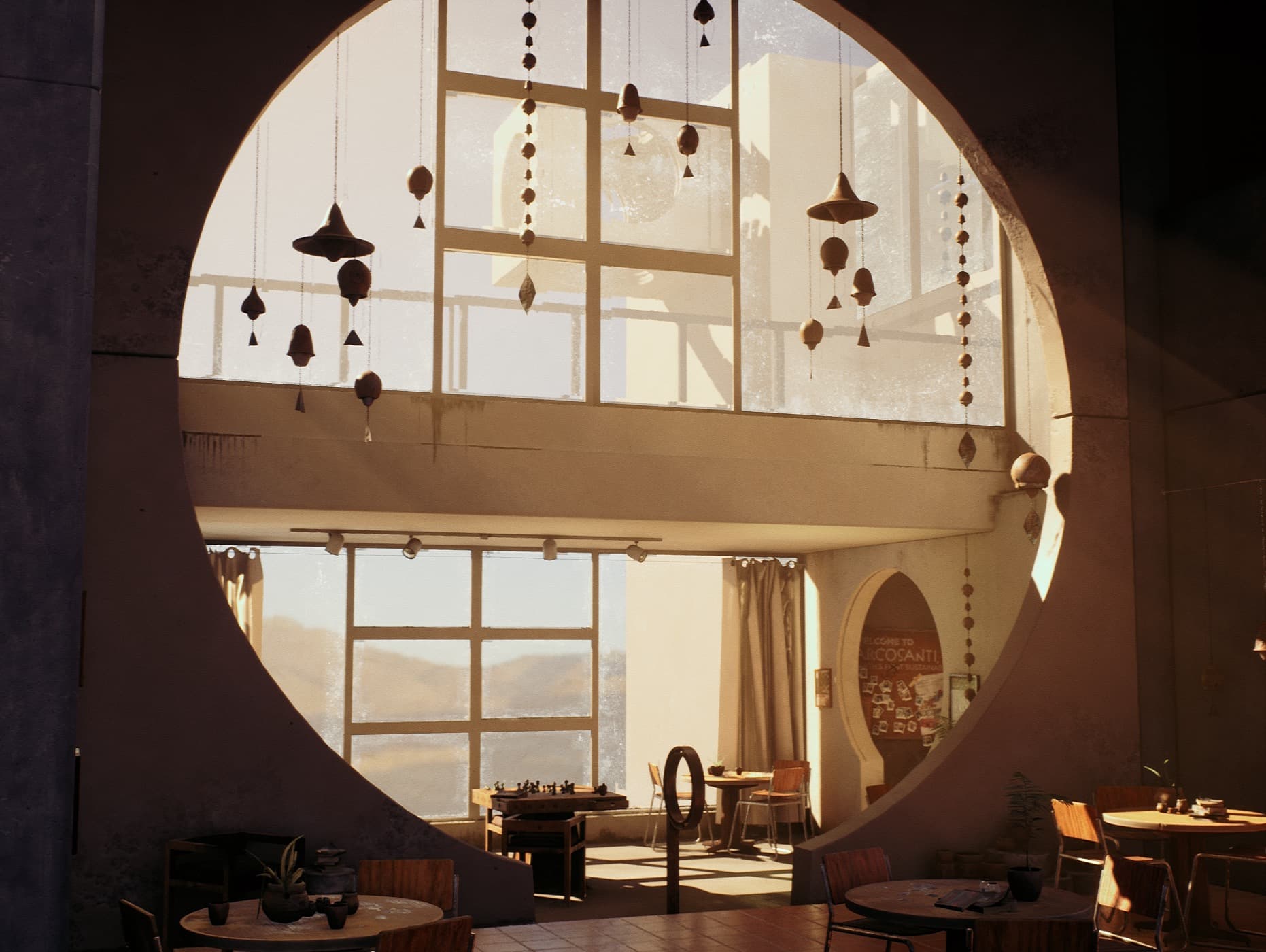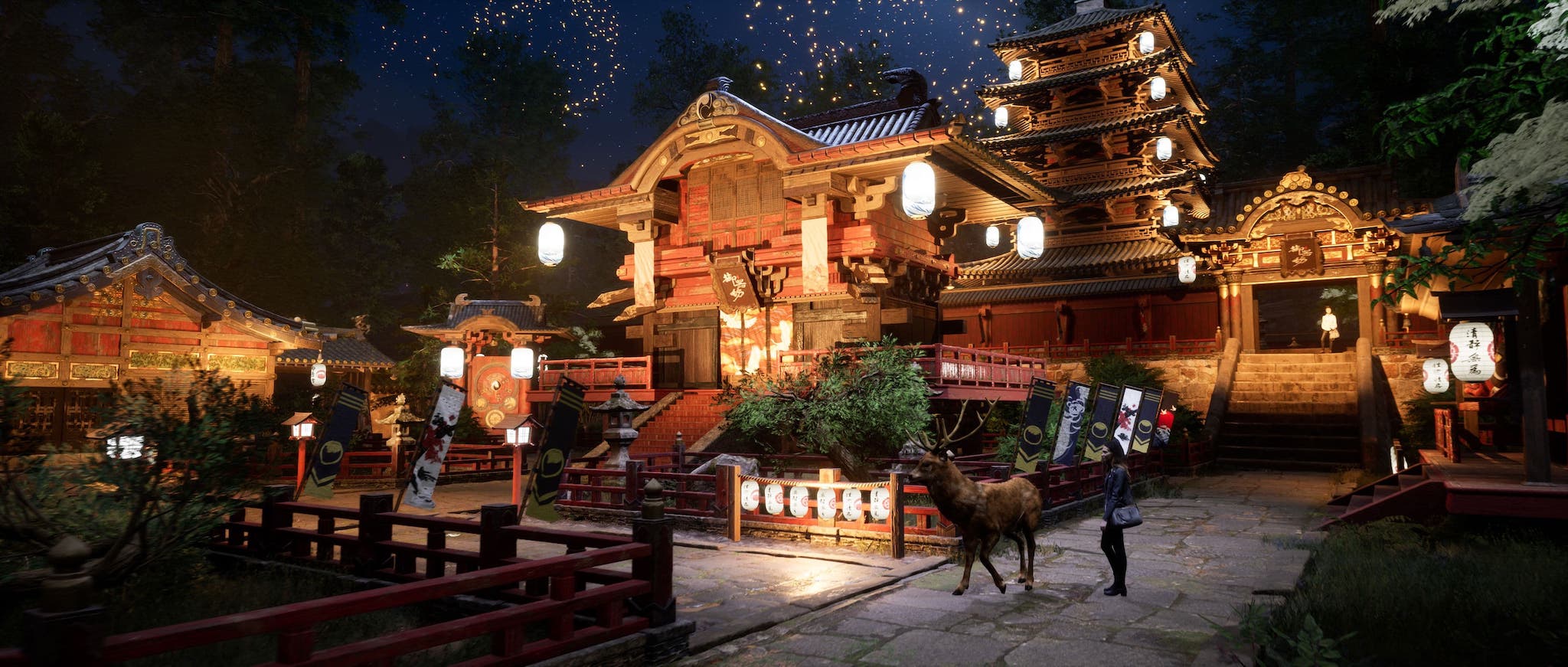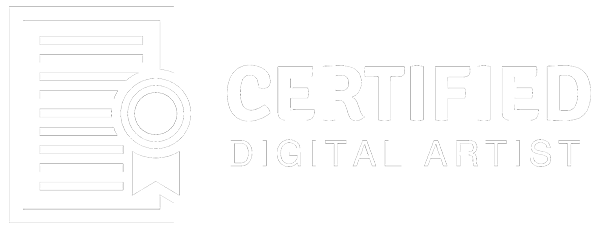What is a Lighting Artist?
Traditionally considered a very technical role, the Lighting TD or Lighter, also needs to have an eye for colour, tone, atmosphere and composition -understanding how light reflecting on objects in nature and the real world determines how we perceive them. The lighting TD on a game project lights the environments and characters within a game ensuring not only that the game looks amazing, but that key gameplay elements are highlighted.
Entry Level Skills & Capabilities
The following information outlines the exact skills you need to demonstrate as a Certified Digital Artist. You must be proficient and capable of completing all these skills and capabilities.
1. Communication Skills
- Strong communication skills to describe and present your work with confidence.
- Willing to show progress frequently and able to receive and discern feedback objectively
2. General
- Understand how light works and matching CG to real-world lighting
- Ability to composite multiple scene elements together into render
- Ability to replicate real-world lighting in game environment
- Ability to normalize the exposure of reference photography and remove the presence of lighting (shadows and highlights)
- Bonus: Capable of neutralizing color from reference images using a Macbeth chart
- Bonus: Understanding of capturing, preparing, editing and using HDRI for global illumination
3. Lookdev/Shading
- Basic knowledge of shader attributes and physical material properties
- Knowledge about physical material/surface properties.
- Understanding of the physics of light, how it affects different materials
- Understand the uses for different specular models and be able to control them
- Bonus: Artistic and technical ability to create looks for assets.
4. Lighting Setup
- Scrutinising the colours and directions of all light sources in the real-world scene and replicating them inside a game engine
- Ability to create a sky light and sky dome
- Strong setup skills for sun direction, color, and intensity, reflections, and volumetric lighting.
5. Lighting
- Ability to work with Arbitrary Output Variables (AOVs) such as diffuse, specular, sub-surface, and light emission.
- Understand all controls of a digital light from exposure through to shadow
- Strong understanding of mid point grey, dynamic range, sequence level lighting.
- Understand how the surface of an area light affects the shape of the lighting and shadow sharpness
- Understand how the high and low values in a high-dynamic-range image file change the lighting, and how Importance of sampling on textures, by the renderer, is key to this effect.
- Guide the viewer's eye inform audience of location/purpose create mood and ambience create balanced images that will work across multiple mediums
- Capable of creating volumetric and atmospheric lighting

Software Proficiencies
Ability to use one or more of the following software packages:
- Unreal Engine
- Unity
- Adobe Photoshop
- Davinci Resolve
- Lightroom
- Autodesk Maya
- Blender
- 3DS Max
- Marmoset Toolbag
Prerequisites
These skills are equally important in terms of your understanding and ability to do this role. Although they are not skills or knowledge that is officially certified, it will be obvious to recruiters and Certified Digital Artist(CDA) reviewers if you have knowledge in these areas.
General
- Understanding of color theory
- Visual Shot Composition and Framing
- In depth study of composition techniques
- Game knowledge: Have a strong and wide-ranging interest in PC, Console and Mobile Games.
Life Skills & Communication
- Thinking Critically
- Communication Skills
- Conflict Management
- Taking initiative
- Collaboration
- Time Management

Portfolio Projects
Roles in Creative Media & Entertainment industries are quite different to traditional roles. As a Digital Artist, you need to prove your creative and technical abilities which requires an online portfolio filled with projects that showcase your work. One or more of the following projects should be included in your digital portfolio to demonstrate your skills and abilities to perform the required skills of this role.
- Small game environment showing basics of lighting
- Mood Lighting: Create a basic game environment and use lighting techniques to show different moods.
- A polished and fully lit game environment. This includes your analysis of the materials compliance with PBR and your lighting efficiency. If you're lighting to correct for poor textures and materials then it's not being done correctly.
- Demonstrate ability to light both interior and exterior environments and direct the game players attention to specific areas.


